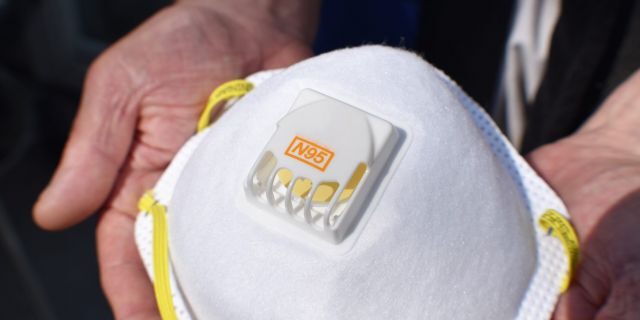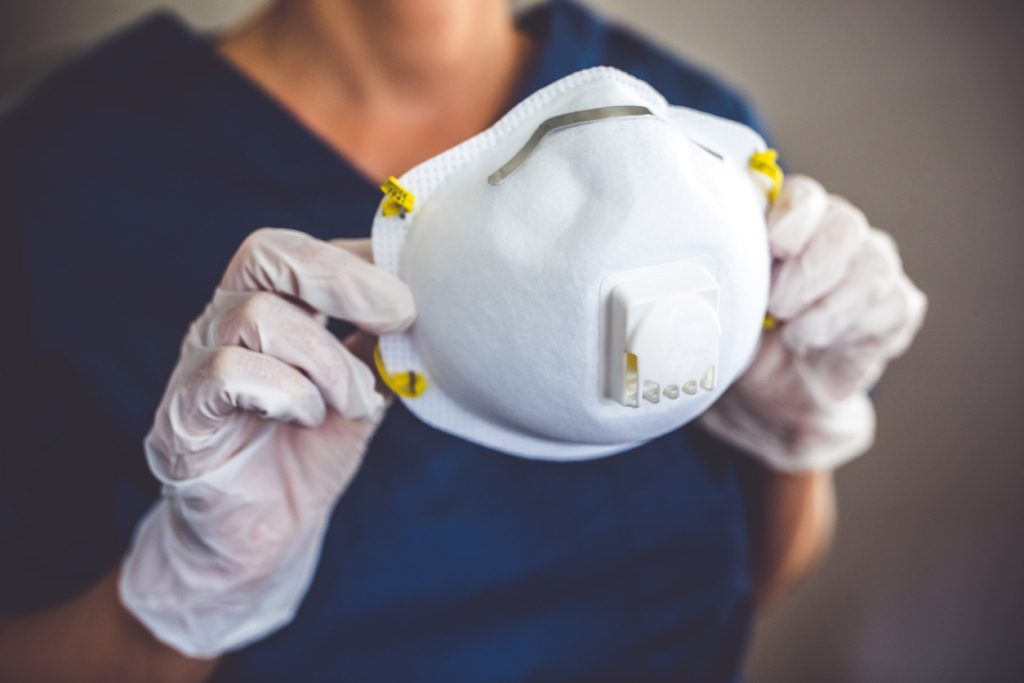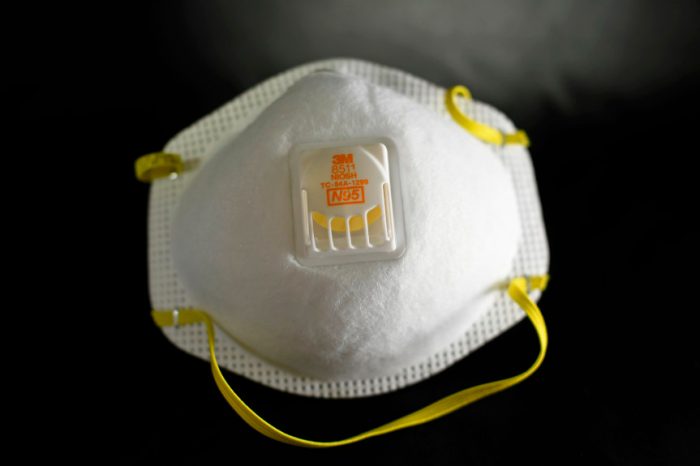The Covid-19 pandemic has led to a surge in demand for N95 masks, becoming the most sought-after resource in the world, with primary workers using millions of them. And new research could lead to the development of a rechargeable N95 muzzle, instead of disposing of it after use, and may even charge itself.

The proposed system comes from a research team at the Indian TATA Institute in joint cooperation with a university in the Israeli occupation, and it is not a mask disinfection system as you might expect. But it focuses on another aspect of the N95 respirator, which makes them less effective over time.
How it work?
N95 respirators use mechanical filtration, meaning that particles are trapped in a network of microscopic fibers. But it also uses electrostatic filtration, in which particles are attracted to surfaces that carry a static charge. It’s like this old trick, when you rub a balloon and put it on your head and it sticks to it, but it’s micron.
The combination of these two methods makes N95 respirators very effective. But electrostatic charge, like any other charge, dissipates over time as air and moisture pass through it. While disinfection with ultraviolet light or high temperatures helps to preserve the mechanical filter, electrostatic charge cannot be recovered by these means.

In a paper published in Physics of Fluids , Dov Levine and Shankar Ghosh show that it is possible to recharge the N95 filter to a level close to first use, and all that is required is to place the filter between two electrode plates and act with a strong magnetic field.
The researchers wrote in the paper: “We found that the total charge on the muzzle depends strongly on the charging time, and that the original value of the charge was restored after charging for 60 minutes with a thousand volts.”
But health care workers will likely not remove their masks for charging after each shift. So the researchers explored the possibility of making a mask, with a built-in battery that would continuously recharge the mask.
The researchers wrote: “We want a solution that allows recovering the lost charge on the masks in real time. We have tested a technique that preserves the filtering material, its charge and thus the filtering effectiveness, and since the required current is very small, no large battery is needed, and perhaps a small and practical solution can be developed.”
Of course, the muzzle is not ready for use. By asking Peter Tsai, the inventor of the N95 muzzle, he indicated that the way the researchers tested the effectiveness of the filter “is likely to be questioned,” but he found no problem in the rest of the study.
Although the muzzle will not reach hospitals tomorrow or the day after, the team notes that their method “can be applied with equipment and materials already available, and implemented in urban and rural alike.” So once this medium gets tested and goes through it, it may appear everywhere. Let us hope for this.




![The Top & Most Popular Seafood Bucket Restaurants in Dubai for you [Never Miss]](https://uae24x7.com/wp-content/uploads/2020/09/8-seafood-in-a-bucket-scaled-e1600739237403.jpg)
![Procedures for Renewing the Driving License in Abu Dhabi [3 Simple Steps]](https://uae24x7.com/wp-content/uploads/2020/07/Capture-9-e1595666454466.jpg)





